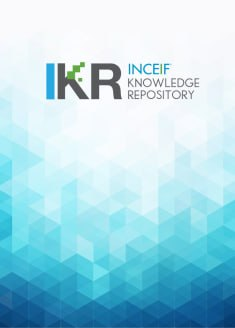Publication:
Non-linearity in Islamic finance - growth nexus: evidence from Malaysia
Abstract
The mainstream belief that finance contributes positively to an economy has been challenged in view of financial crises that hit economies worldwide, while the notion that Islamic finance is more stable than conventional finance has been criticised as the structure often mimic conventional financing. Amidst the rapid development of Islamic finance in Malaysia, the question of whether it contributes positively to the economy is never resolved. The present paper uses 'Islamic financing' and 'Islamic deposits' as proxies to analyse the relationship between Islamic financial development and economic growth. By employing vector error correction method (VECM) and variance decomposition (VDC) analyses within the framework of autoregi'essive distributed lag (ARDL), the study documents a demand-following relationship where economic growth leads to Islamic financial development. Next, this study extends prior literature by applying non-linear autoregressive distributed lag (NARDL) model to relax linearity and symmetrical assumptions ...
Keywords
Islamic financial development , Economic growth , NARDL , Project paper (MSc)
Citation
Hamzah, N. H. (2019). Non-linearity in Islamic finance - growth nexus: evidence from Malaysia (Master dissertation). INCEIF, Kuala Lumpur. Retrieved from https://ikr.inceif.org/handle/INCEIF/3141
Publisher
INCEIF
Available in physical copy only (Call number: t HG 3368 A6 N974)

